- All Flags
- Flags of Countries by Continent
-
Flags of Organizations
- Flags of UN countries
- Flags of the European Union countries
- Flags of NATO countries
- Flags of the countries of the Organization of Islamic Cooperation
- Flags of the countries of the Organization of American States
- Flags of the Arab League countries
- Flags of the African Union countries
- Flags of the countries of the Union of South American Nations
- Flags of the Commonwealth of Nations
- Flags of the countries of the Secretariat of the Pacific Community
- Flags of the Nordic Council countries
- Flags of the Caribbean Community
- Flags of the countries of the Association of Southeast Asian Nations
- Flags of the East African Community
- Flags of the countries of the Organization of Turkic States
- LGBT Community Flags
- Historical Flags
- Ethnic Flags
- Flags of the USA (states)
Flag of England
The Flag of England, commonly known as St. George's Cross, stands as one of the oldest and most recognizable national symbols in the world. Its simple yet powerful design – a red cross on a white background – is deeply rooted in the country's history and culture, embodying centuries of tradition, courage, and national pride. This flag, ..
Flag of Equatorial Guinea
The national flag of Equatorial Guinea is a vivid emblem, rich in color and symbolism, reflecting the nation's journey to independence, its natural wealth, and its core aspirations for its people. Adopted on October 12, 1968, the day of its independence from Spain, the flag has undergone a brief but significant alteration during a period of dictato..
Flag of Eritrea
The national flag of Eritrea is a powerful and evocative emblem, meticulously designed to encapsulate the nation's arduous journey to independence, its enduring spirit, and its aspirations for peace and prosperity. Officially adopted on December 5, 1995, this flag is a vibrant tapestry woven from the sacrifices of a thirty-year struggle and the hop..
Flag of Estonia
The national flag of Estonia, known affectionately by Estonians as "Sinimustvalge" (blue-black-white), is a powerful and evocative symbol of the nation's identity, history, and aspirations. Its seemingly simple design, consisting of three horizontal stripes of equal width – blue at the top, black in the middle, and white at the bottom –..
Flag of Eswatini
The national flag of Eswatini (formerly Swaziland) is a powerful and visually distinctive symbol, deeply rooted in the nation's rich history, its military traditions, and its enduring commitment to peace and stability. Adopted on October 1, 1968, the flag was designed to commemorate the country's independence from British colonial rule, embodying t..
Flag of Ethiopia
The national flag of Ethiopia is far more than just a piece of cloth; it is a profound symbol woven from centuries of rich history, unwavering independence, and a unique position as a beacon for the entire African continent. Adopted in its current form on October 6, 1996, it represents the resilience, unity, and aspirations of one of the world's ol..
Flag of Fiji
The flag of Fiji is a powerful emblem of the island nation's rich history, deep-rooted culture, and its unique identity as a former British colony and now a sovereign nation in the heart of the Pacific. Adopted on October 10, 1970, the day Fiji gained independence, the flag represents the country's past and its promising future. Design and Symboli..
Flag of Finland
The national flag of Finland, affectionately known as Siniristilippu (the "Blue Cross Flag"), is a striking and serene symbol of the nation's natural beauty, its deep connection to the Nordic identity, and its hard-won independence. Adopted on May 29, 1918, shortly after Finland gained full independence from Russia in 1917, the flag's design encaps..
Flag of Florida (US state)
The flag of the state of Florida is a distinctive and memorable symbol that captures the unique history and vibrant character of the "Sunshine State." Its design, officially adopted in its current form in 1900, is a blend of historical legacy and local symbolism. The flag tells a visual story of Florida’s complex past, from its European roots..
Flag of France
The national flag of France, famously known as the "Tricolour" (le Tricolore), is one of the world's most iconic and historically significant national symbols. Comprising three vertical stripes of equal width – blue, white, and red – it stands as a powerful emblem of the French Republic's foundational values: Liberty, Equality, and Frat..
Flag of French Guiana
The national flag of French Guiana, as an overseas department and region of France, is officially the French Tricolor. However, a separate flag is widely used and locally recognized as a powerful symbol of the region's identity, culture, and aspirations. This regional flag is what is most often associated with French Guiana. In this description, we..
Flag of French Polynesia
The flag of French Polynesia is a colorful and deeply symbolic vexillological masterpiece that beautifully captures the unique culture, history, and geography of this island community. It represents not just an official symbol, but a vibrant embodiment of the Polynesian people's distinct identity, their inseparable connection to the ocean, and thei..
Flag of Gabon
The national flag of Gabon is a vibrant and deeply symbolic emblem, encapsulating the nation's rich natural environment, its geographical position, and its aspirations for a prosperous future. Adopted on August 9, 1960, just a week before Gabon gained full independence from France on August 17, 1960, it represents a crucial step in the country's jo..
Flag of Gambia
The national flag of The Gambia is a compelling tapestry of color and symbolism, reflecting the nation's geographical essence, its aspirations for peace and prosperity, and the unwavering commitment of its people to unity. Adopted on February 18, 1965, the day The Gambia gained independence from British rule, it stands as a unique and visually stri..
Flag of Georgia
The national flag of Georgia, known as "The Five Cross Flag" (Georgian: ხუთჯვრიანი დროშა, Khutjvriani Drosha), is a powerful and ancient symbol that encapsulates the nation's rich Christian heritage, its historical struggles, and its renewed independence. It's a vibrant emblem of Georgian identity, connecting the modern state to its medieval roots...
Flag of Georgia (US state)
The flag of the state of Georgia is a powerful emblem of a complex and often contentious history. Adopted on January 31, 2003, it is the tenth official state flag and represents a deliberate effort to balance a contentious past with a forward-looking identity. Its design subtly acknowledges the state’s Confederate heritage while foregrounding..
Flag of Germany
The national flag of Germany, a powerful and enduring symbol of unity, democracy, and national identity, is a distinctive tricolour of black, red, and gold (yellow). These colors, arranged in three horizontal stripes of equal width, are far more than just a visual arrangement; they are steeped in the tumultuous and transformative history of the Ger..
Flag of Ghana
The national flag of Ghana stands as a vibrant and profound emblem, encapsulating the nation's struggle for independence, its rich natural endowments, and its guiding principles of liberty and justice. Adopted on March 6, 1957, the very day Ghana achieved its hard-won independence from British colonial rule, it was the first flag of an independent ..
Flag of Gibraltar
The Flag of Gibraltar, a unique British overseas territory located at the southern tip of the Iberian Peninsula, is a powerful symbol of its rich history, strategic position, and the unyielding spirit of its people. Unlike many other flags of British overseas territories, Gibraltar's flag does not feature the Union Jack, emphasizing its distinct id..
Flag of Greece
The national flag of Greece, often referred to as the "Galanolefki" (Greek: Γαλανόλευκη, "blue and white"), is a powerful and instantly recognizable symbol of Greek heritage, independence, and the enduring spirit of its people. Its distinctive design features nine horizontal stripes of al..
Flag of Greenland
The flag of Greenland, known in the local language as Erfalasorput, which translates to "our flag," is a powerful and visually striking symbol of the nation's identity, self-governance, and a profound connection to its unique Arctic environment. Adopted in the late 20th century, the flag is a modern emblem that encapsulates the spirit of the Greenl..
Flag of Grenada
The national flag of Grenada is a striking and symbolic emblem that tells the story of the nation's history, culture, and natural wealth. Adopted in 1974 upon gaining independence from the United Kingdom, its design is a departure from the traditional tricolor flags of the region. The flag is a source of deep national pride, representing the nation..
Flag of Guadeloupe (unofficial)
The flag of Guadeloupe, bearing its traditional emblem, is a profoundly significant unofficial symbol that encapsulates the island's complex identity. While the official flag of the region is the French Tricolour, this particular banner is a popular and historic representation of Guadeloupe’s unique heritage. It artfully blends symbols of its..
Flag of Guam
The flag of Guam is a vibrant emblem that tells a powerful story of this island territory's history, culture, and deep-seated pride. As an unincorporated territory of the United States, Guam holds a unique identity, and its flag serves as a primary symbol of its people's resilience and enduring connection to their land and the Pacific Ocean. For an..
Flag of Guatemala
The national flag of Guatemala is a powerful and unique emblem that encapsulates the nation's history, geography, and values. Its design, officially adopted in 1871, is a distinctive variation of the flags of other Central American countries, symbolizing Guatemala's sovereignty and independence. The flag is a source of deep national pride, represen..








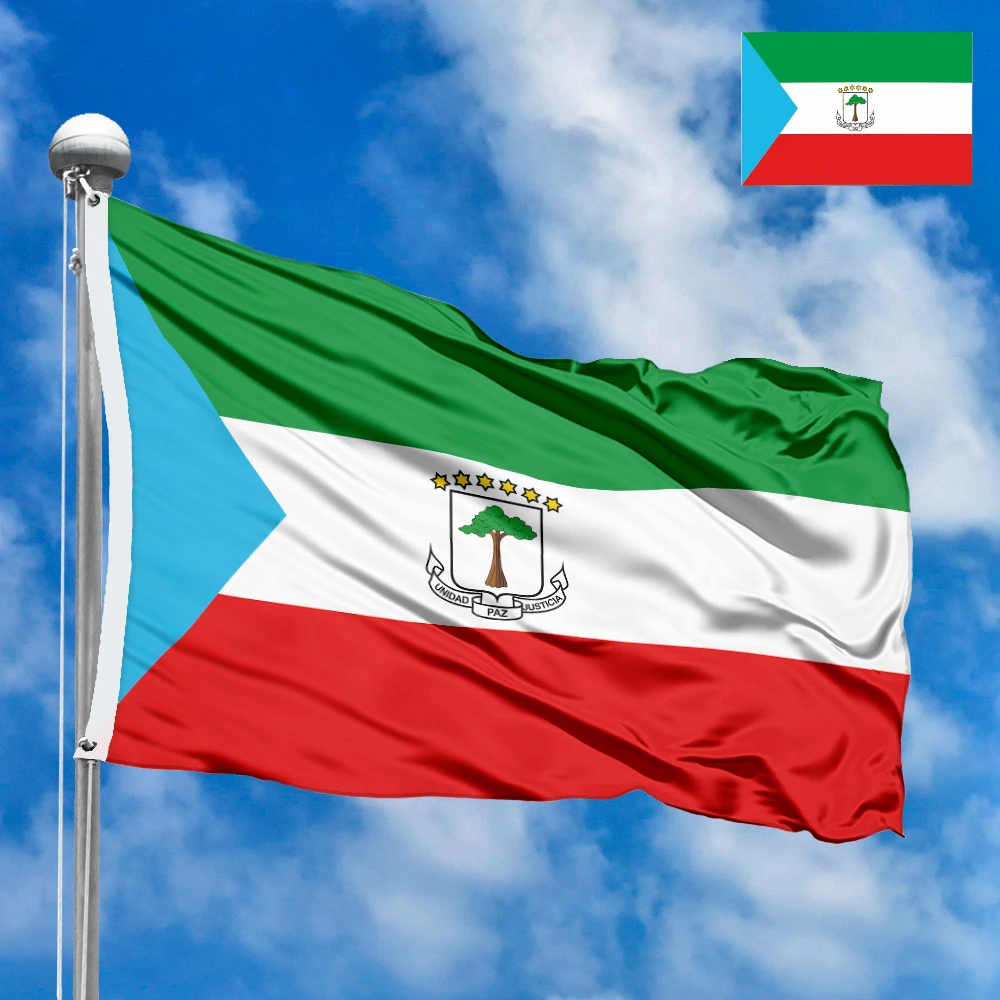



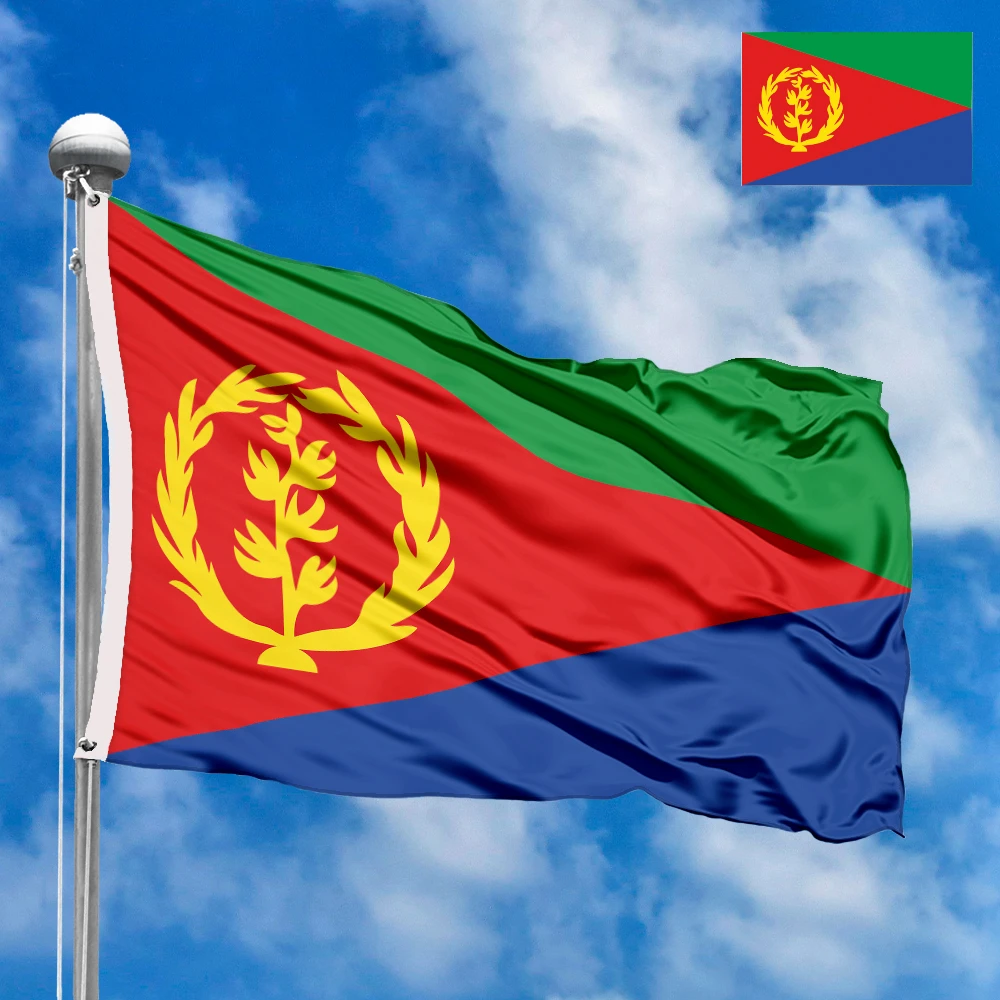







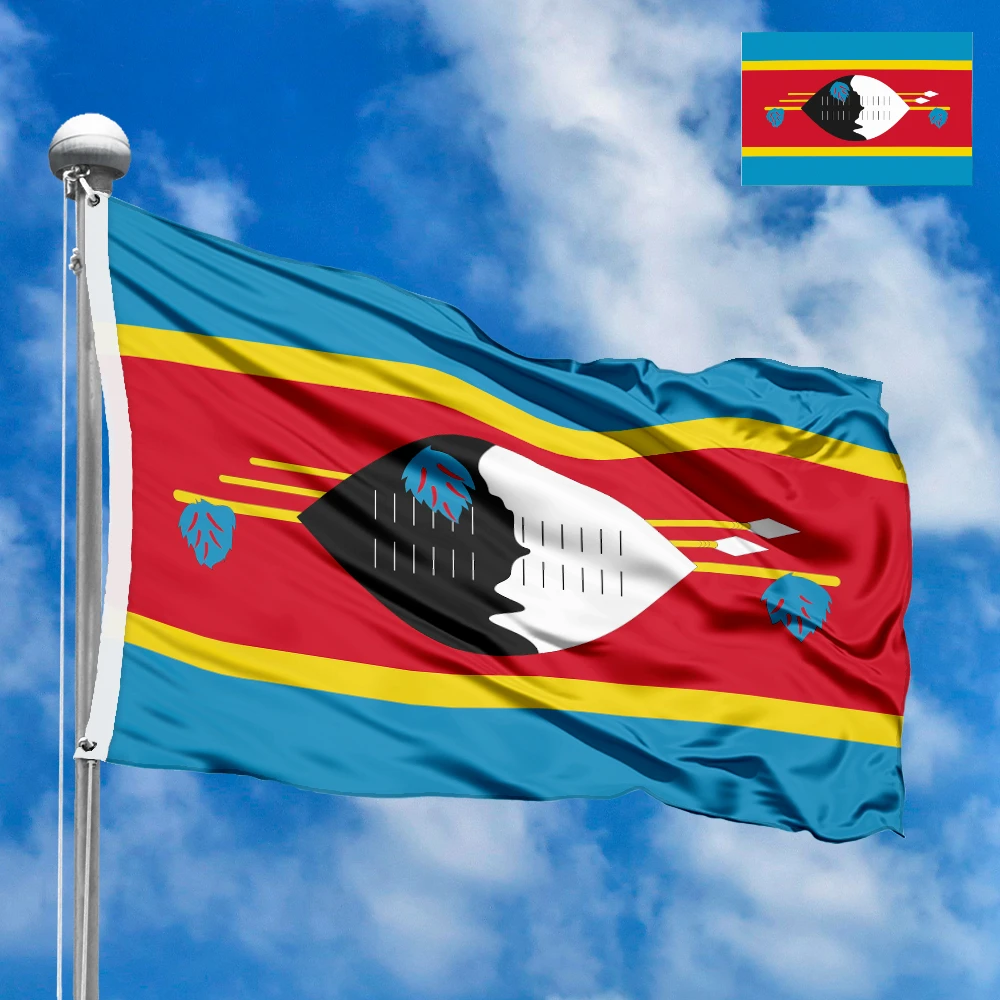



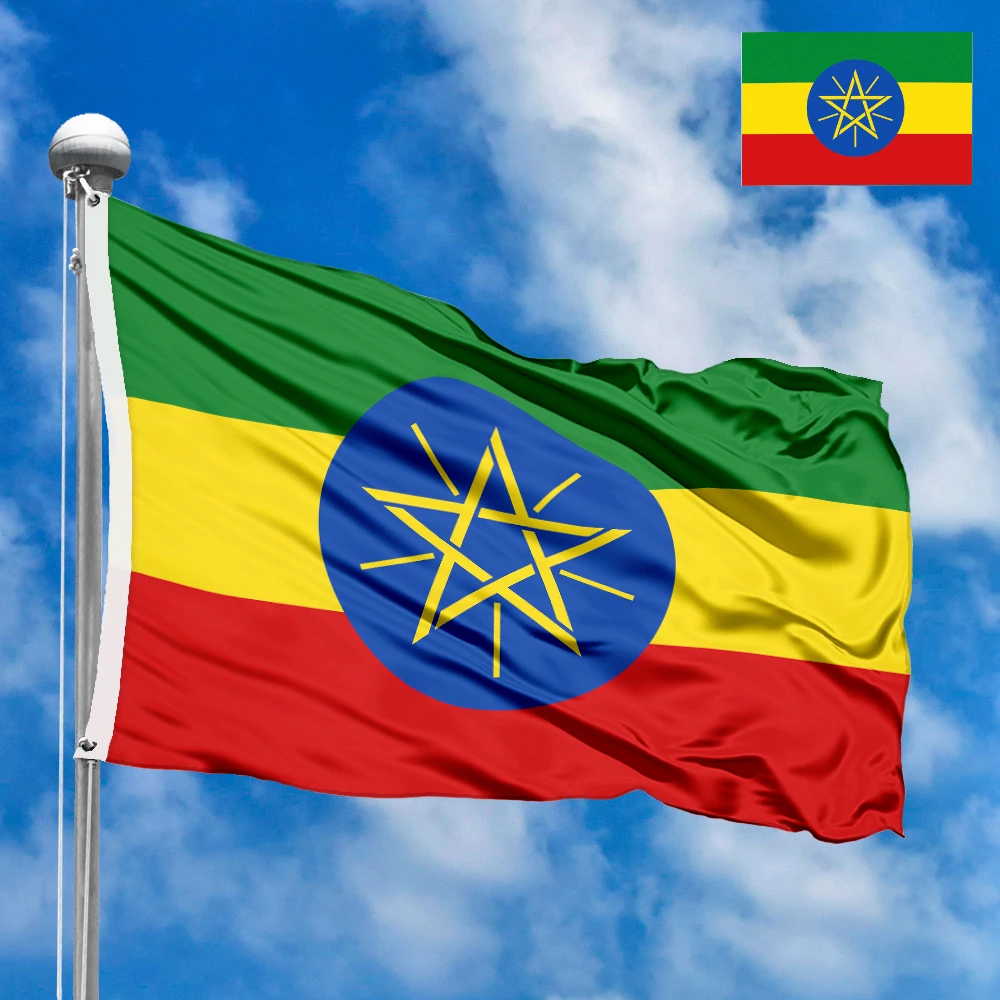































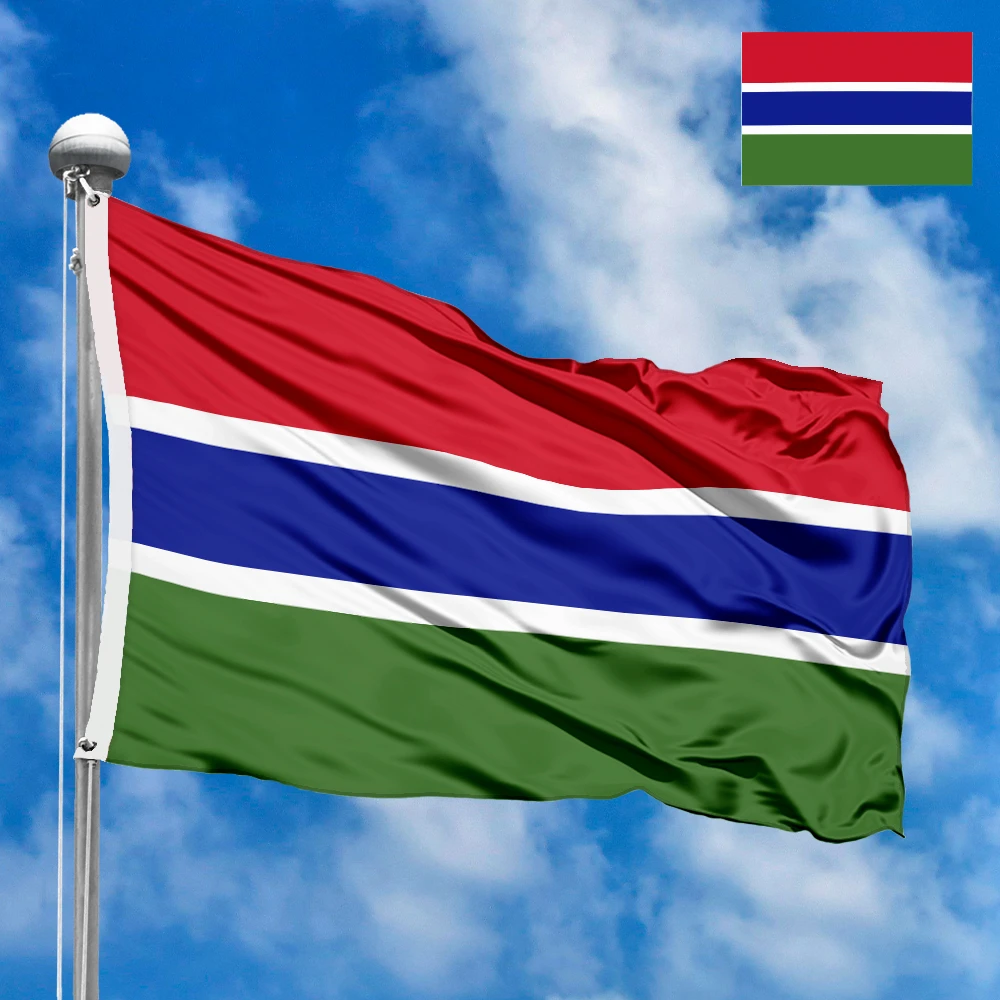











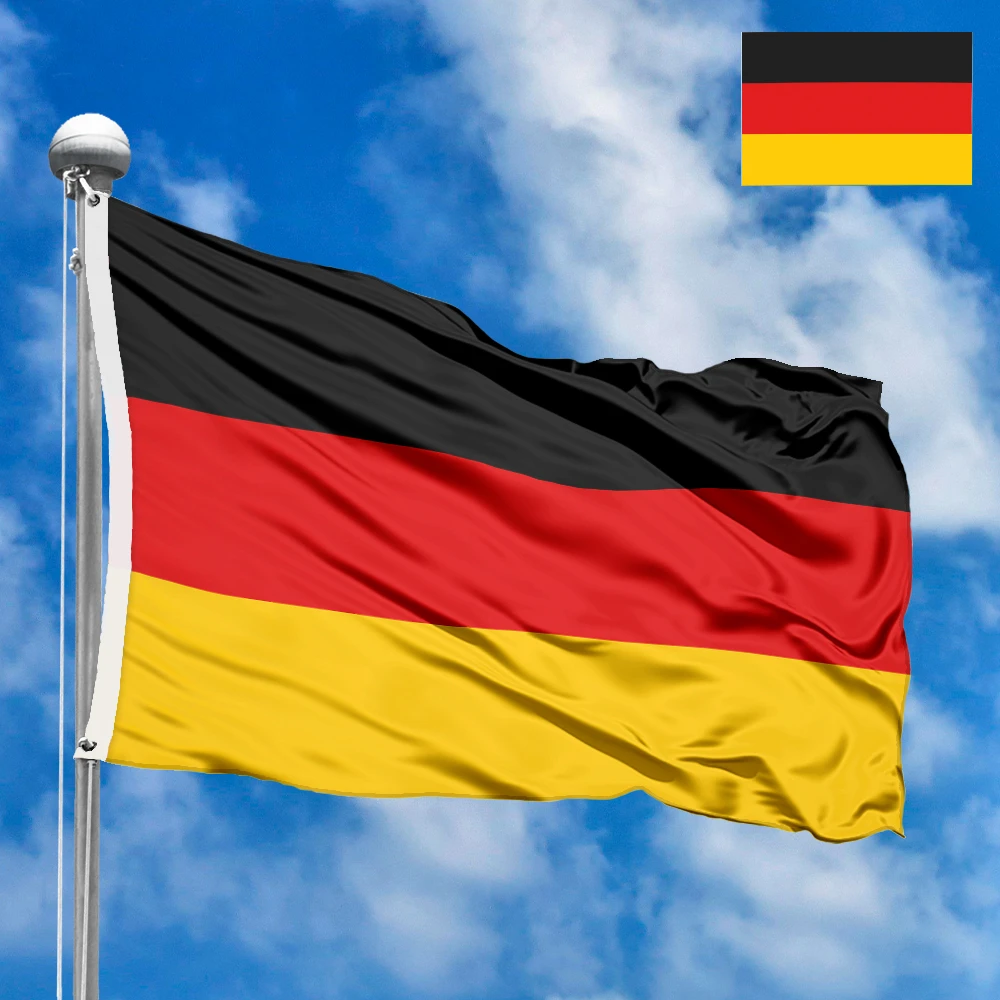







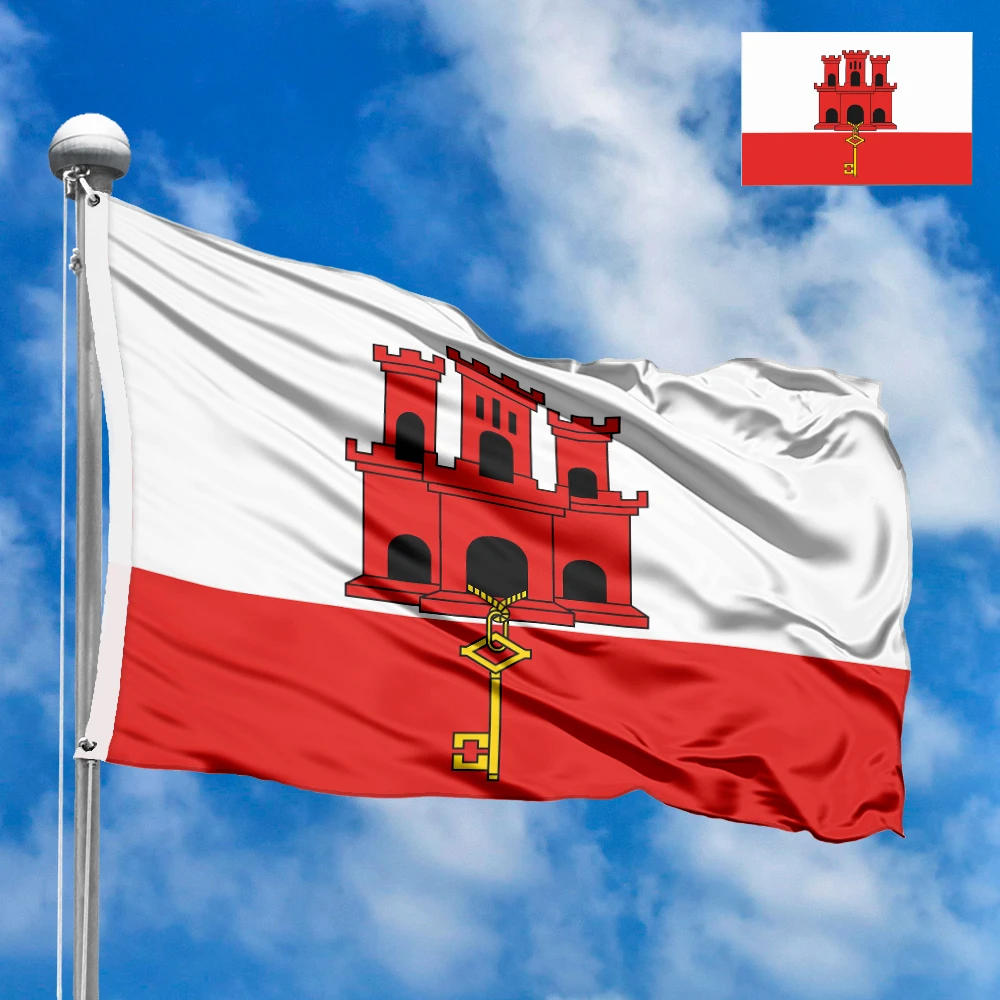



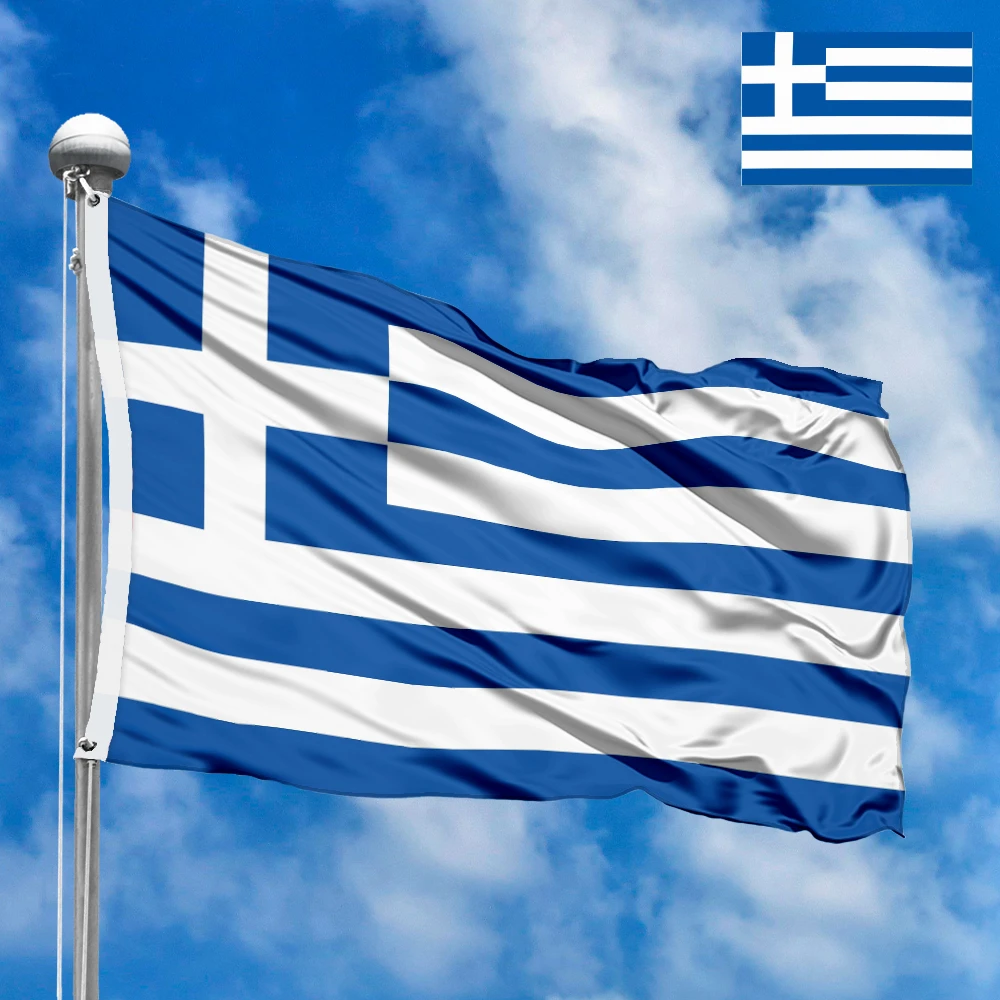







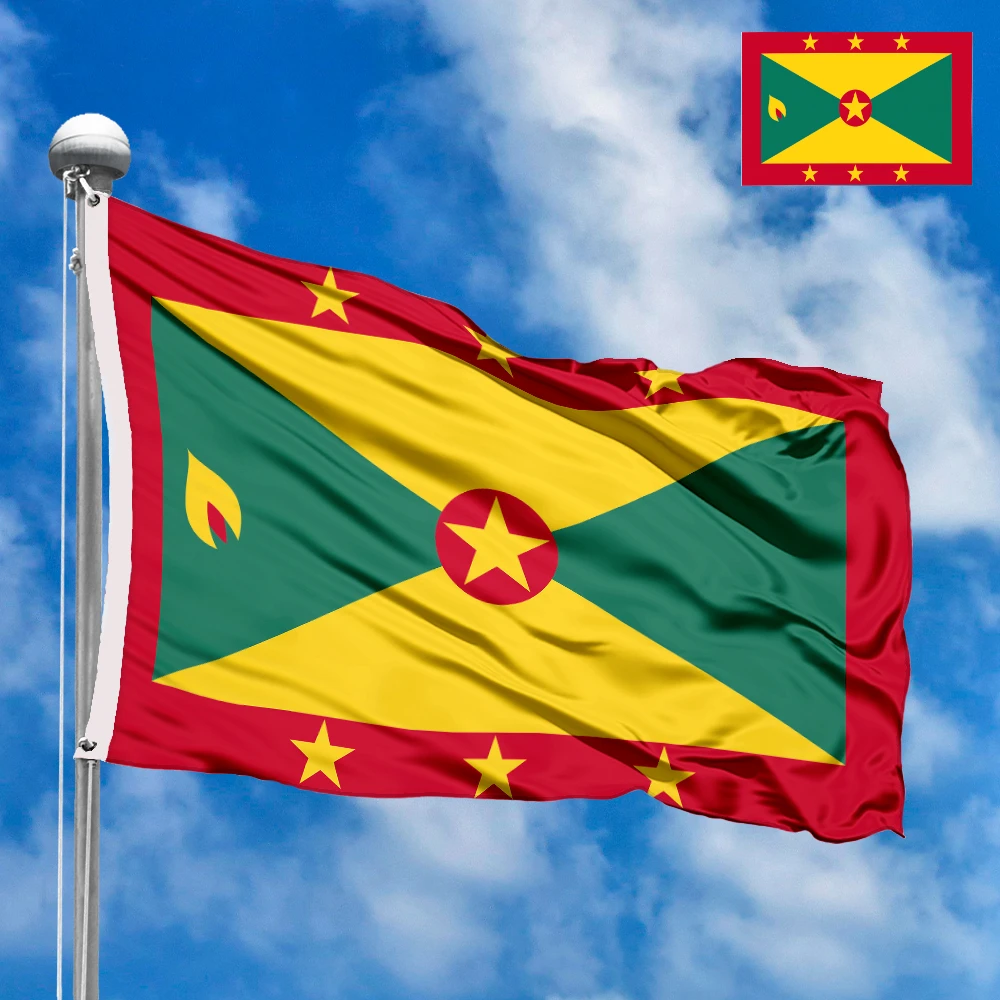



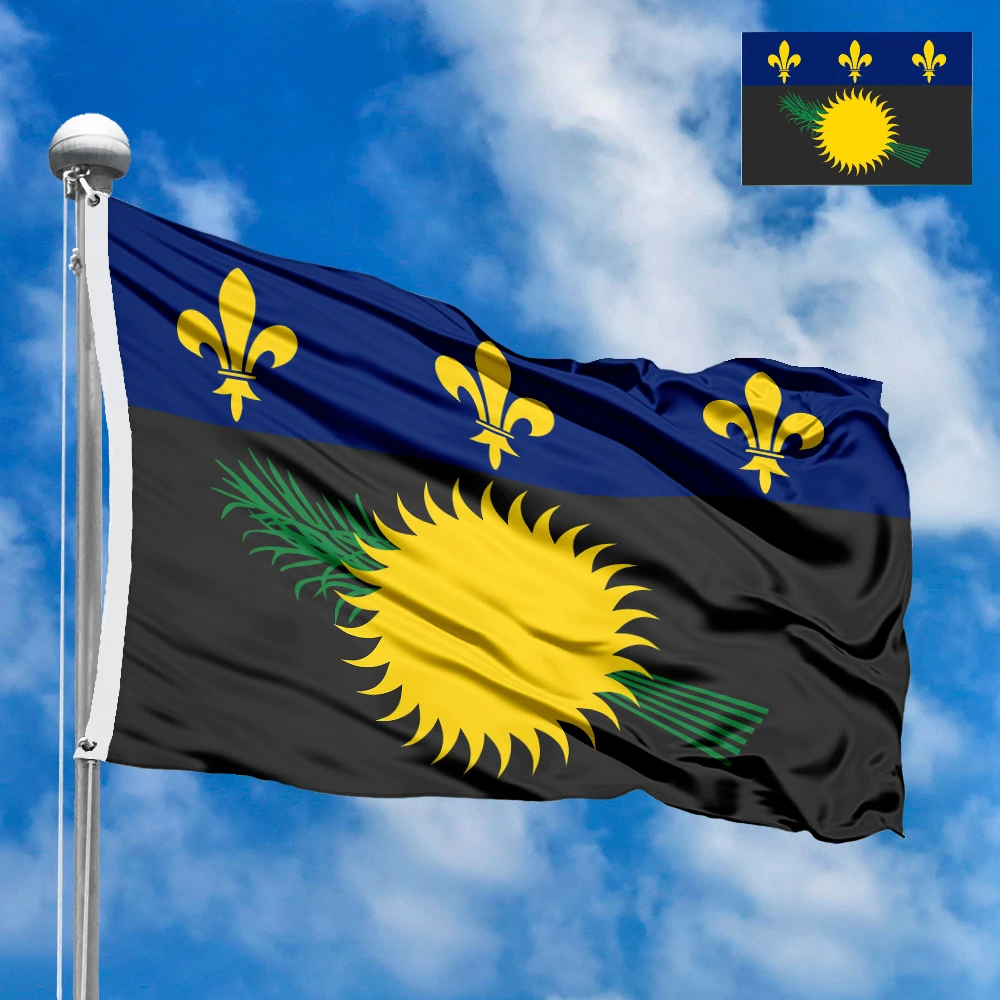







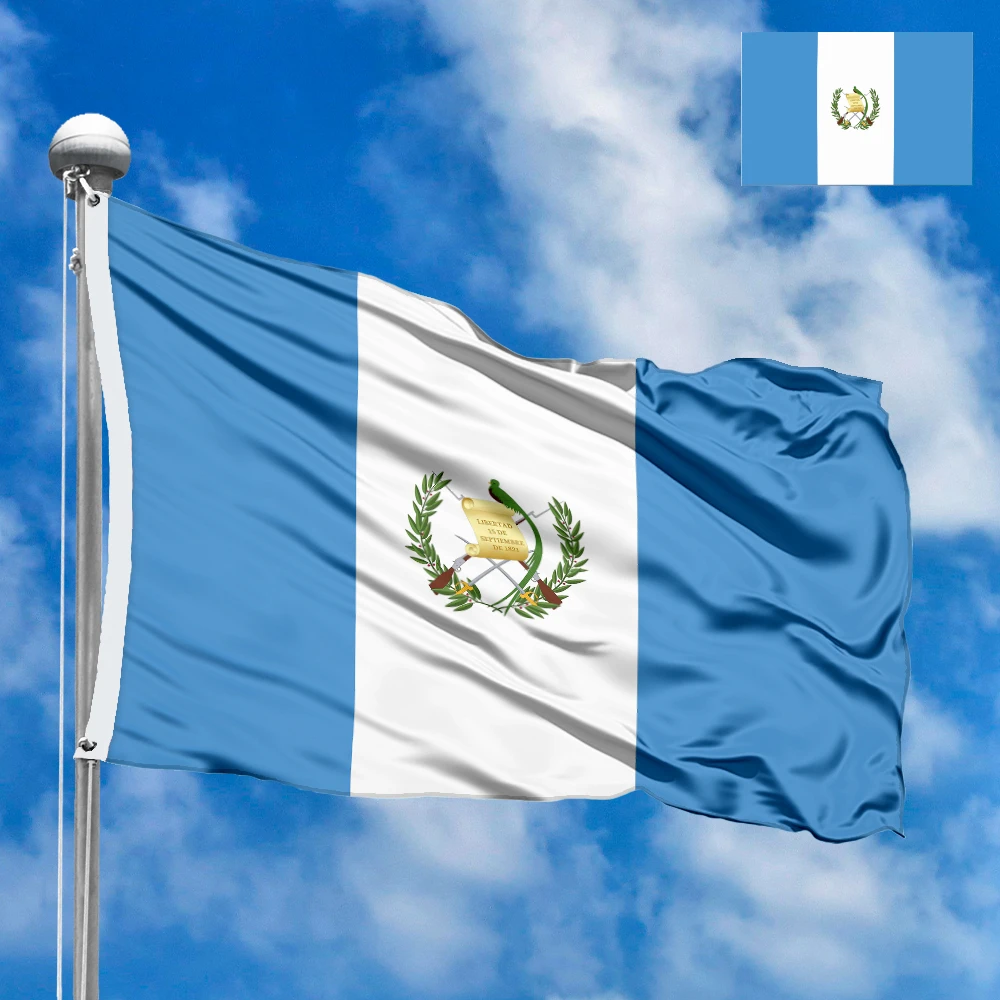
 Flags of Europe
Flags of Europe Flags of Asia
Flags of Asia Flags of Africa
Flags of Africa Flags of North America
Flags of North America Flags of South America
Flags of South America Flags of Australia and Oceania
Flags of Australia and Oceania Flags of Antarctica
Flags of Antarctica Flags of International Organizations
Flags of International Organizations LGBT Community Flags
LGBT Community Flags Historical Flags
Historical Flags Flags of the US States
Flags of the US States Ethnic flags
Ethnic flags